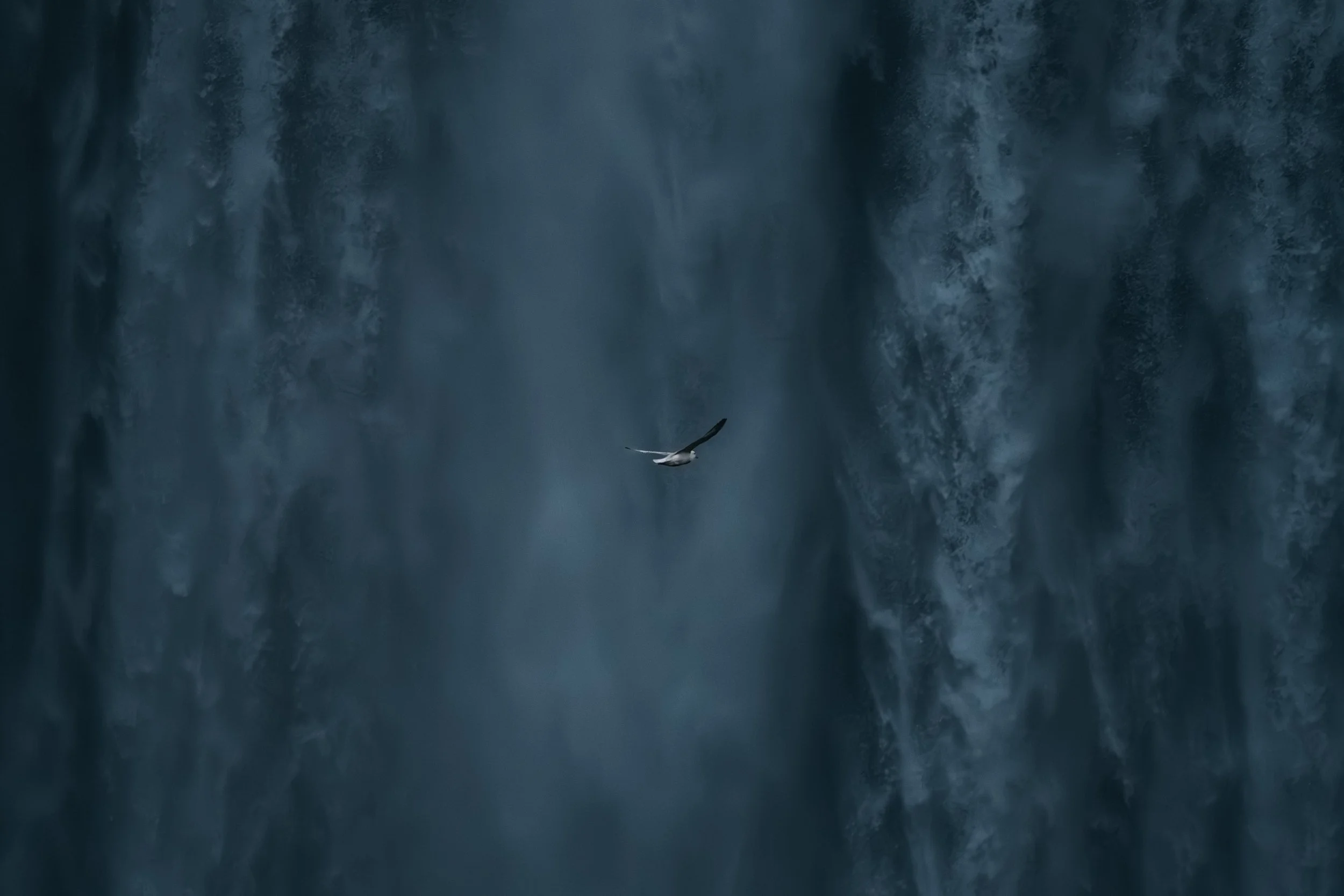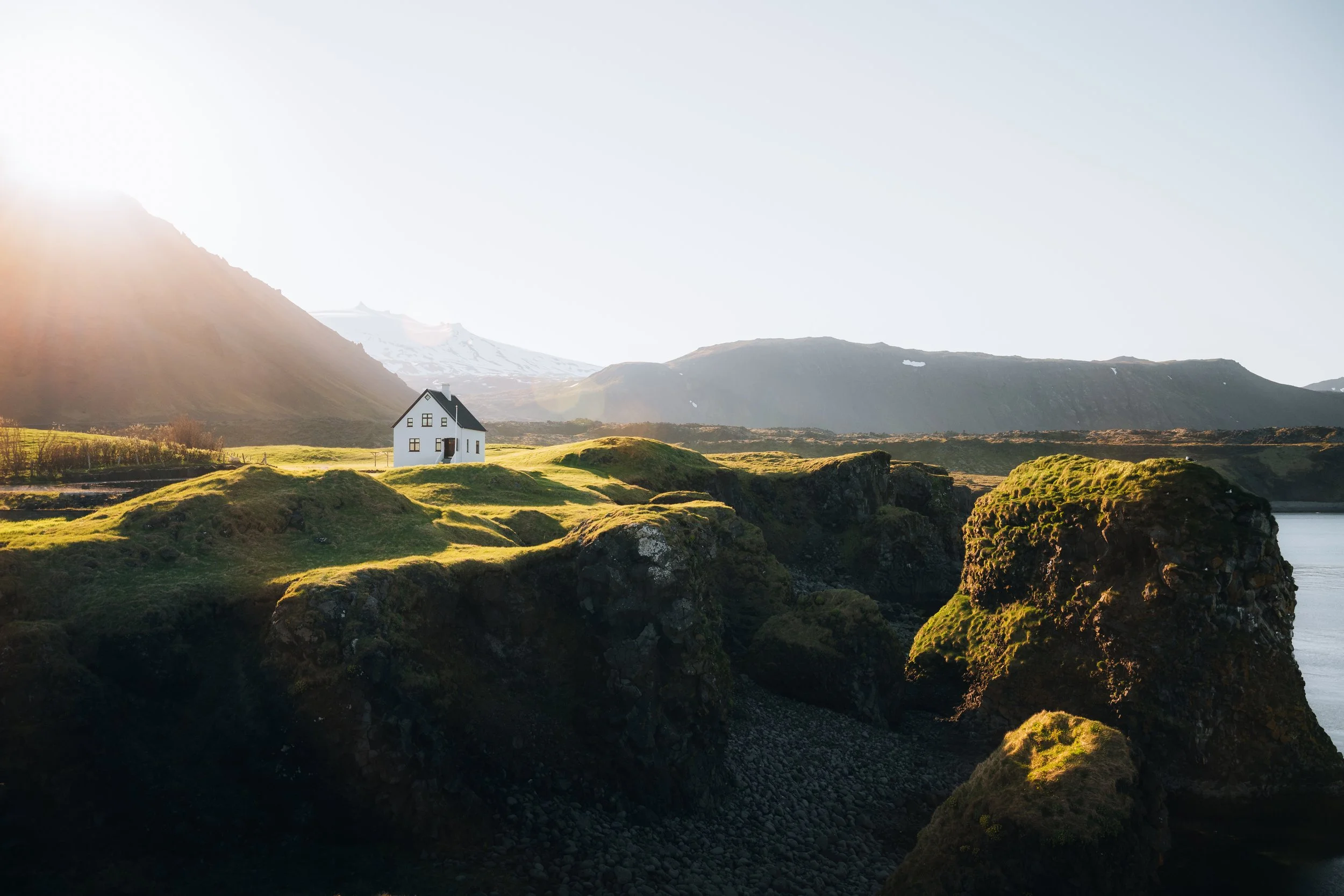My Iceland Photography Kit: What I Used and Why It Worked
Iceland has a way of testing everything—your patience, your waterproof gear, and your creative instincts. I spent a week on the road, living out of a van and chasing light through some of the most dramatic landscapes I’ve ever seen. From gale-force winds to sudden sunbreaks over mossy cliffs, every moment demanded adaptability. For this trip, I brought a carefully chosen kit designed to handle both high-end video and still photography. This post breaks down exactly what I used, how it performed in the wild conditions of Iceland, and why each piece of gear earned its spot in the bag.
1. The Cameras: Two Bodies, Two Purposes
Nikon Z6III (Video Workhorse)
This was my go-to body for all video work. The Nikon Z6III performed incredibly well in Iceland’s unpredictable environment. Its low-light capabilities were especially important during golden hour and overcast conditions, and the weather sealing held up against mist from waterfalls and constant drizzle. The internal 12-bit recording and advanced autofocus made it easy to capture smooth, high-quality video even when conditions changed by the minute. I relied heavily on its in-body stabilization for handheld shots on windy ridgelines.
Nikon Z7II (Photo Beast)
For stills, I turned to the Z7II. The high-resolution sensor let me capture intricate details in everything from black sand textures to the sweeping lines of glacier valleys. It offered plenty of dynamic range for both dark volcanic shadows and bright skies. It also handled battery life well, even in colder temps. The camera felt like the perfect balance of power and familiarity—reliable and always ready.
2. The Lenses: Versatility in 24-70mm
Nikon 24-70mm f/2.8 (Photos)
This lens was on the Z7II 90% of the time. It delivered tack-sharp images with beautiful contrast and handled the dynamic Icelandic weather like a champ. The wide f/2.8 aperture gave me extra flexibility when light was scarce, especially in moody, early morning conditions. Whether I was capturing towering sea stacks or small roadside churches, the zoom range allowed me to react quickly to the scene.
Nikon 24-70mm f/4 (Video)
Paired with the Z6III, the f/4 version of the lens was a smart choice for video. It’s lighter, more compact, and balances perfectly with a video rig or handheld setup. While it doesn’t offer the same shallow depth of field, it was more than sharp enough and held up beautifully against flare and moisture.
3. The Filters: PolarPro’s Game-Changers
Filters played a huge role in controlling exposure and managing Iceland’s highly reflective surfaces.
Circular Polarizer (CP) – I used this constantly to cut glare off wet rocks, lakes, and the ocean. It made skies pop and helped bring out rich tones in the mossy green landscape.
Peter McKinnon Variable ND (PMVND) – For video, this was essential. Iceland’s light can go from dark to blinding in a matter of minutes. The PMVND allowed me to adjust exposure quickly without fiddling with ISO or shutter speed.
Everyday Filter – I kept this on my lens most of the time for general protection and subtle contrast enhancement. It’s well-built and didn’t affect image quality in any noticeable way.
4. The Tripod: Benro #1 TCBC15 CyanBird Carbon Fiber
This tripod surprised me in all the best ways. It's incredibly lightweight for a carbon fiber setup, but it stayed stable even in strong coastal winds. The 5-section legs made it easy to get low to the ground or fully extend for those dramatic waterfall compositions. Setup and breakdown were quick—a huge win when racing the light.
5. The Drone: DJI Mavic 3 Classic + PolarPro ND Filters
Aerials were a must in Iceland, and the Mavic 3 Classic did not disappoint. The image quality is stellar, with dynamic range that matched my ground-based cameras. It performed great in moderate wind and gave me the freedom to shoot in spots I couldn’t reach on foot. The PolarPro ND filters let me control shutter speed and get that buttery motion blur in even the brightest conditions. My favorite drone moment? Flying along a ridgeline as the light poured over a glacial valley—absolutely unreal.
What I Learned from This Setup
This gear setup wasn’t minimalist, but it was intentional. Every piece had a role to play and held up in Iceland’s ever-changing conditions. The biggest takeaway? Be ready for anything. Weather shifts fast, and you often only get one shot at a moment. Having a dual body setup let me switch between shooting styles instantly, and tools like the PMVND or the CyanBird tripod made adapting on the fly easier than ever.
If you're heading to Iceland with photography in mind, invest in the right gear—but don’t forget to stay open to the unexpected. Sometimes the best shot is the one you didn’t plan for.




